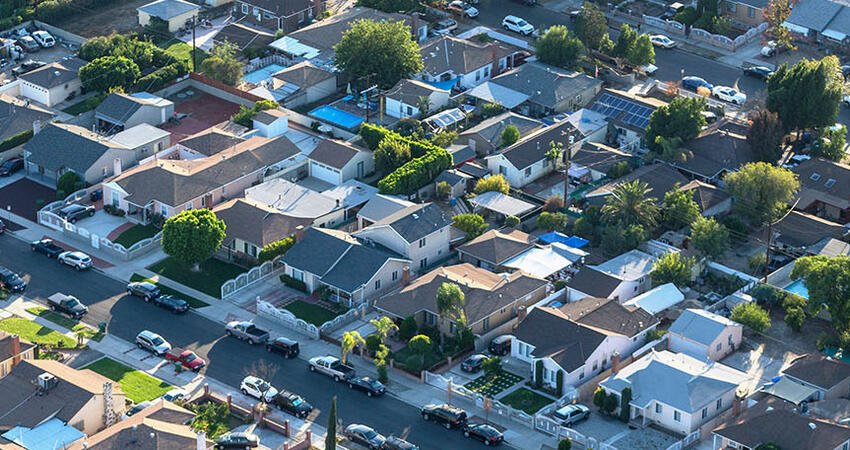
What Is the Relationship between Urban Heat Islands and Segregation?
- Title:
- What Is the Relationship between Urban Heat Islands and Segregation?
- Author:
-
Bill M. Jesdale, Rachel Morello-Frosch, and Lara Cushing
- Source:
-
Environmental Health Perspectives
- Publication Date:
-
2013
Extreme heat events—which are becoming increasingly common in metropolitan areas across the country–have the greatest impact in places with dense roofs, driveways, sidewalks, and roads and less green space. These impervious surfaces create urban heat islands, but tree canopies mitigate them. This study explores the relationship between these physical elements and racial and ethnic residential segregation, finding that the number of trees in a neighborhood is influenced by how segregated the metropolitan area is.
To conduct the study, researchers paired block group–level tree canopy and impervious surface estimates from the 2001 National Land Cover Dataset with demographic characteristics from the 2000 Census. Researchers used block group as a proxy for neighborhood. The researchers then analyzed the relationship between residential segregation and the distribution of heat risk–related land cover (HRRLC), which the authors defined as census block groups where more than half the population lacked tree canopy and at least half of the ground was covered by impervious surfaces. The authors analyzed 63,436 block groups across 304 metropolitan areas. Overall, nearly 29 percent of the US population in 2000 lived in census block groups that were analyzed. Thirty-six percent of the study population lived in block groups with HRRLC.
Key findings
- Compared with non-Latinx white residents, non-Latinx Black residents were 52 percent more likely to live in block groups with HRRLC conditions. Similarly, non-Latinx Asian residents were 32 percent more likely to live in block groups with HRRLC conditions, and Latinx residents were 21 percent more likely to live in block groups with HRRLC conditions.
- Within each racial and ethnic group, HRRLC conditions increased with rising degrees of metropolitan area–level segregation.
- Segregation is more closely associated with the lack of tree canopy than with impervious surfaces.
- Adjusting for homeownership and household poverty did not have much impact on the relationship between HRRLC and segregation.
- Findings back up previous research that shows that segregation concentrates minority groups into denser neighborhoods, which have fewer trees and more impervious surfaces.
This analysis of land cover characteristics could help guide targeted climate change adaptation efforts to reduce heat-related health risks. As this research shows, these local plans must also incorporate an environmental justice lens to ensure equitable mitigation of heat risks.
Photo by trekandshoot/Shutterstock